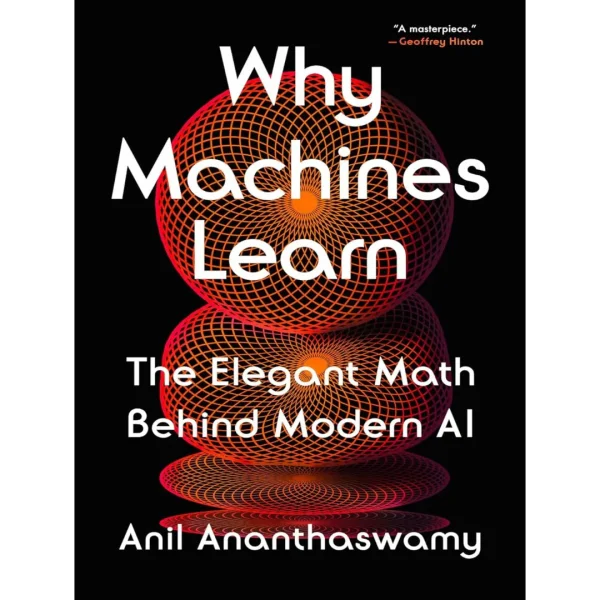
Why Machines Learn: The Elegant Math Behind Modern AI
Original price was: $52.00.$16.95Current price is: $16.95.
PDF 77,71 MB • Pages: 517
A rich, narrative explanation of the mathematics that has brought us machine learning and the ongoing explosion of artificial intelligence
Machine learning systems are making life-altering decisions for us: approving mortgage loans, determining whether a tumor is cancerous, or deciding if someone gets bail. They now influence developments and discoveries in chemistry, biology, and physics—the study of genomes, extrasolar planets, even the intricacies of quantum systems. And all this before large language models such as ChatGPT came on the scene.
We are living through a revolution in machine learning-powered AI that shows no signs of slowing down. This technology is based on relatively simple mathematical ideas, some of which go back centuries, including linear algebra and calculus, the stuff of seventeenth- and eighteenth-century mathematics. It took the birth and advancement of computer science and the kindling of 1990s computer chips designed for video games to ignite the explosion of AI that we see today. In this enlightening book, Anil Ananthaswamy explains the fundamental math behind machine learning, while suggesting intriguing links between artificial and natural intelligence. Might the same math underpin them both?
As Ananthaswamy resonantly concludes, to make safe and effective use of artificial intelligence, we need to understand its profound capabilities and limitations, the clues to which lie in the math that makes machine learning possible.
28 reviews for Why Machines Learn: The Elegant Math Behind Modern AI
You must be logged in to post a review.
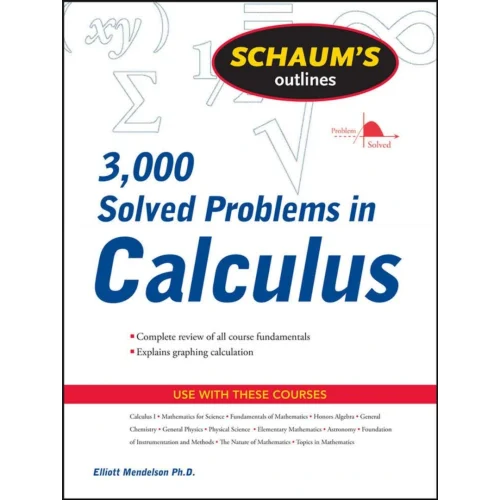

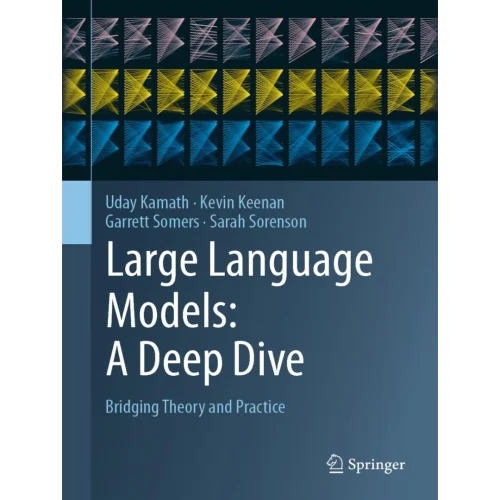
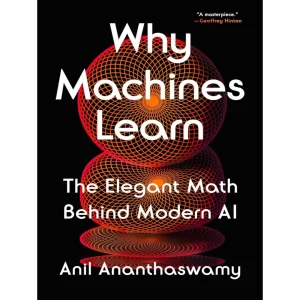

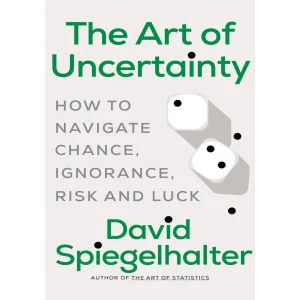
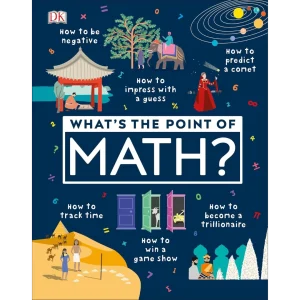
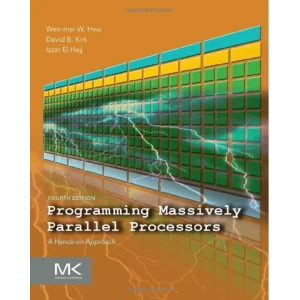
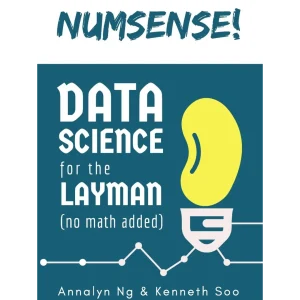


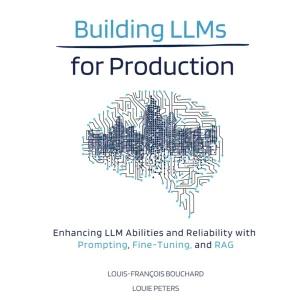
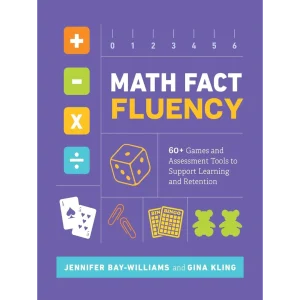

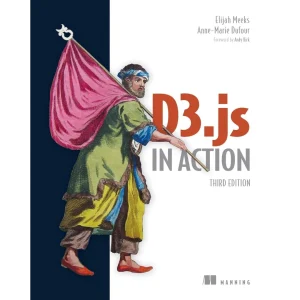


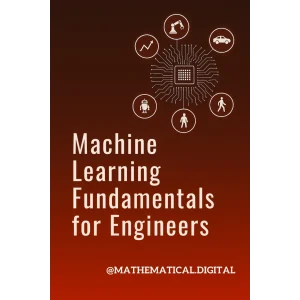

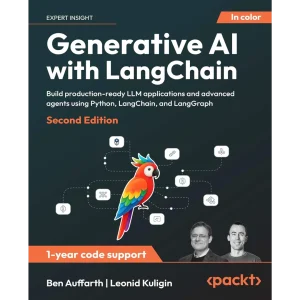
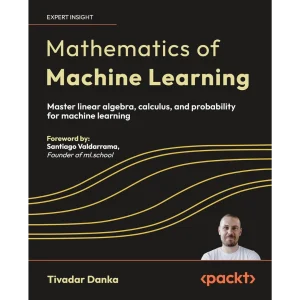
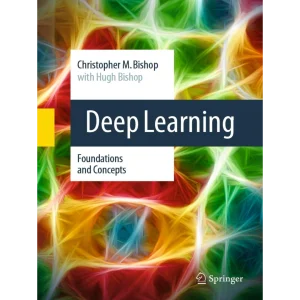

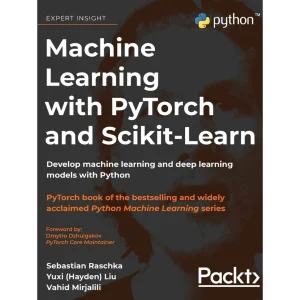
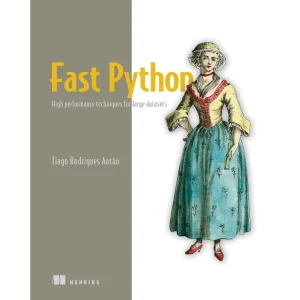
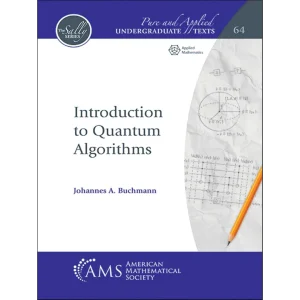
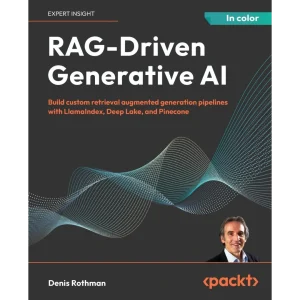



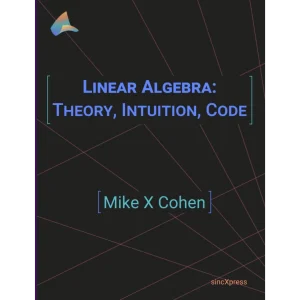
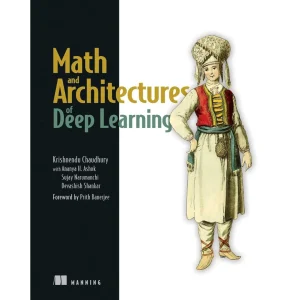
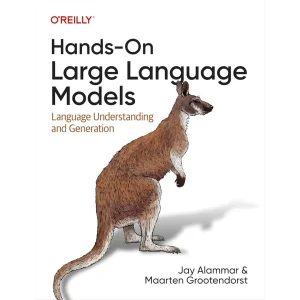



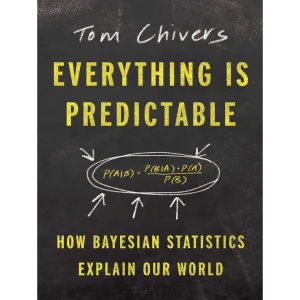
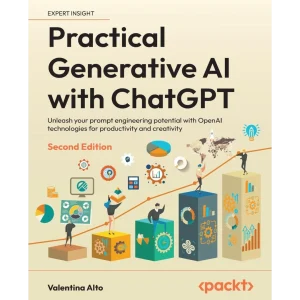
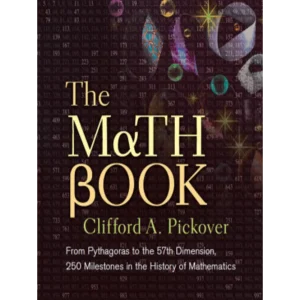

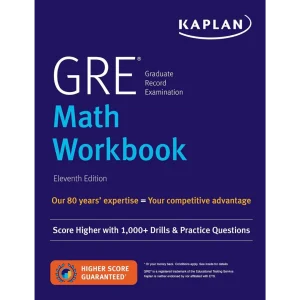
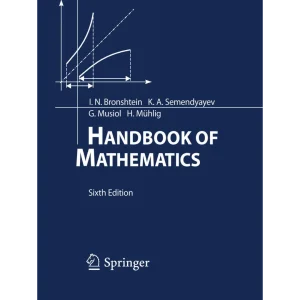
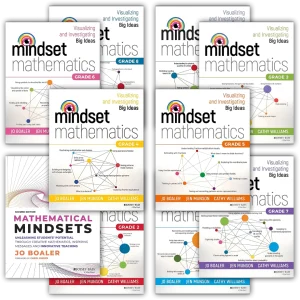


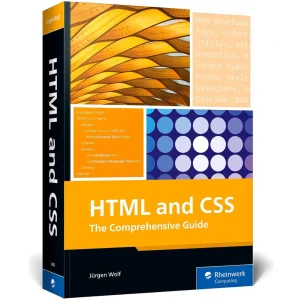
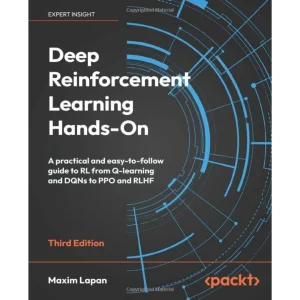

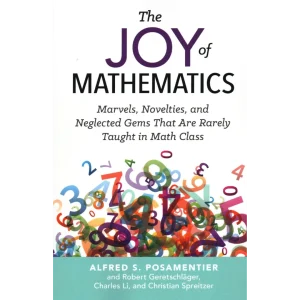
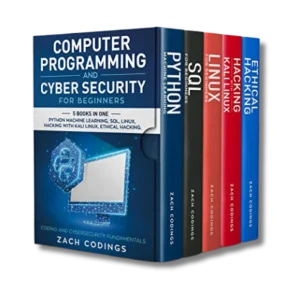
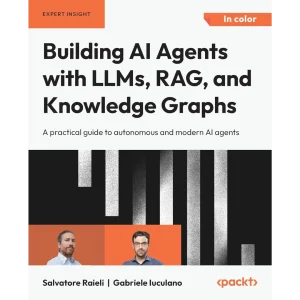
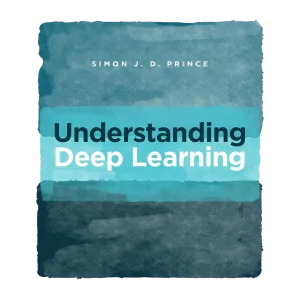

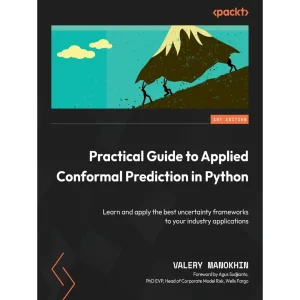
Craig Hicks (verified owner) –
Anil’s storytelling added human faces to many names I was already familiar with, but only in an abstract way. That’s the history part, written in a very personal and engaging way that only a good writer can do. At the same time the history of the development of ML theory is complete and expounded upon in enough detail that anyone with college level math abilities could follow along if so desired. (I expect many will skip some of those parts either because they know it or they don’t need to know it. Perhaps those sections could be better sectioned to enable skipping.) Finally he asks very good questions about the nature of intelligence and how AI does or does not overlap with human intelligence, and well as the dangers it poses and benefits it may offer.
The way the author maintains the big picture while leading the reader through a “live” minute-by-minute narration of compelling details reminds me of the style of VS Naipal, despite being a completely different genre.
A M (verified owner) –
It is not clear who is supposed to be the reader of this book. It explains the mathematics, starting with essential calculus, and goes on to the formulas of deep learning. It is too tricky for readers unfamiliar with calculus and redundant to those familiar with it. I mainly enjoyed reading the last chapter about the current challenges of deep learning.
Stefan Herrmann (verified owner) –
Though sometimes the simplification goes a step too far for my taste, the book does a good job to allow a look “under the hood” of Machine Learning. Like it, and it’s already ready by the next interested family member.
Joe (verified owner) –
“Why Machines Learn”- is the book that finally clicked for me after two years of fumbling through Generative AI’s conceptual, software and mathematical maze (I seldom review books but this book merits it)
I’ve been hooked on the wonders of conversational Generative AI, both its productivity and knowledge boosts using LLMs and Chatbots such as ChatGPT (granted watchful of probabilisitic hallucinations) , but the math? Not so much.
My rusty dated college math tended to hold me back until this book cleared things up—historical context and all. Somewhat surprisingly to me I found the historical aspect greatly simplified and aided my mathematical understanding.
I’ll admit, I had to utilize AI chatbot assistants for backup a few times and also I purchased the audio book as well to refresh my prior readings, but that’s part of the fun, right?
If you’re curious about what makes machines learn and aren’t afraid to dust off some math, this book is your guide!
Steve Berczuk (verified owner) –
Why Machines Learn delivers on what the title promises, explaining how AI is built on some basic math, including Probability, Statistics, Linear Algebra, and Geometry, and how computers use that math to “learn.” The book starts by talking about very basic Machine Learning (which, in its simplest form, is Linear Regression) and walks you through the history of how we learned to use computers to build models from data, and goes on to discuss machine vision and LLMs. You will learn how ML and AI systems work, as well as their limitations and why they exist. The book wraps up with an epilogue about the limits and risks of AI, including the errors that come from biases in the underlying training data and models.
The Book has significantly more math than you might expect from a non-textbook; this is good if you want to go beyond the superficial. But if you’re looking for a very basic intro, this might not be the book for you.
The discussion at the end of the book about bias and error talks about how LLMs confidently make statements even though they can have errors due to biases in their training data. While this is true and should be considered when evaluating results, it’s also worth noting that humans are subject to the same challenges. I would have loved a discussion about whether machines are a bigger risk because we assign them more credibility or neutrality.
This is a great book for someone who wants to know more about the underlying science and technology behind Machine Learning and AI, but who doesn’t feel the immediate need to build their own models and programs. But if lots of math isn’t your thing, be prepared to skim, or feel a bit challenged.
ytanaka (verified owner) –
本書は1950年代のローゼンブラットのパーセプトロンから現代の深層機械学習までの物語を記述してあります。
章毎に機械学習の重要な概念が誕生する経緯を、そこに至るまでの歴史から、貢献した人物たちの仕事の成果と数学的背景を丁寧に、非常にわかりやすく解説してあります。
今年、2024年のノーベル物理学賞を授与された、ホップフィールド氏とヒントン氏の仕事も、8章から10章に記述されています。
プリンストン大の物理学者ホップフィールドは、物理学からイジングモデルと電子のスピンから着想を得てホップフィールドネットワークを考案しています。
ヒントン氏は、ニューラルネットワークへの記憶の保存に関して、バックプロパゲーションによる学習方法の改善に関して一つの章を割いて詳しく記されています。彼は深層機械学習において、入力と出力層の間に隠れ層を導入しました。
甘利俊一氏も1967年に多層パーセプトロンのトレーニングに確率勾配法を使った技術を紹介しています。1980年代の初頭にRunmelhurt, Hinton, Williamsが深層ニューラルネットワークに対応したアルゴリズムを開発します。
Geoge Cybenkoは、 正確な種類の多層ネットワークで、十分なニューロンが与えられれば、入力を変換して必要な出力を得るどのような関数も近似できることを示しました。
80年代はニューラルネットワークが機械学習を支配していました。そして、90年代になって、突然、皆がカーネル法に切り替えました。
現在、ニューラルネットワークが再び、現代の機械学習を支配しています。本質的に、理論的な前進は、ニューラルネッットワーク・サービスとカーネルマシンの間の期待を掻き立てるリンクを見せ初めています。
ヒントン氏らは、ニューラルネットに隠れ層を導入して、バックプロパゲーションによる多層ニューラルネットワークの学習能力を向上させることに焦点を当てていました。
線形で分割できないデータを分類するのに、SVMでは、カーネルをデザインする必要があります。しかし、十分なニューロンのあるニューラルネットでは、しなければならないことは、入力層への入力とデータを正しく分類するために必要となる特徴をネットワークに理解させることです。
隠れ層の三つだけのニューロンのニューラルネットワークで、決定領域を見つけられるでしょう(もっと深い隠れ層があれば、より滑らかな決定境界にすることができます)
トロントのヒントン氏の元にいたLeCunがニュージャージーのベル研にわたります。彼はベル研で合衆国の郵便サービス(USPS)から大量の手書き数字コードの画像のデータセットにアクセスすることができました。USPSはZIPコードを認識する処理に興味がありました。LeCunは手書きの数字を認識するためにニューラルネットを使いました。彼のCNNを使ったアルゴリズムは、LispからC言語を経由してDSP上に実装され、手書きのZIPコードの認識に使用されました。顧客向けのシステムのため、パターン認識のCNNはオープンソースにはなりませんでしたが、LeCunの LeNetは、銀行業界で数字の読み込みと認識に使用されます。これはバックプロパゲーションによる深層学習を使った実際の応用例の一つになりました。
ヒントン氏のチームがGPUにCNNを組み込んで(AlexNet)画像認識でSVMを超える成果をあげます。
彼らのチームを中心にGPUに実装したニューラルネットが使われるようになって、隠れ層を深くしたディープニューラルネットが様々分野で成果を上げるようになりました。
そして、現在のTransformerを使った自然言語処理が展開されていきます。LLMは言語の構造を学習し、自動学習画像処理ネットワークは画像の統計的な構造を学習します。
本書のサブタイトルにあるように、パーセプトロンから始まり、現在のAIの技術まで、トピック毎に開発者たちの仕事を通じて、技術の背後にあるエレガントな数学が解説されています。現在までの技術の推移を把握できる内容です。
A. Menon (verified owner) –
Given the increasing use of machine learning embedded within everyday software as well as its greater use in aiding decision making, an overview of the foundation for non-experts is a useful addition. The book goes through both the history as well as many of the main algorithmic ideas in a straightforward way that allows one to follow along irrespective of mathematical background. The criticism I have is merely that it starts out by assuming 0 knowledge to frame some basic mathematical notation and ideas and then eventually gets into topics which require some linear algebra and calculus to appreciate. This isn’t in itself a bad thing but it ends up being an internal inconsistency of level of math in the book as it is highly unlikely a reader would be able to follow the details of the second half from having learnt the math from the first half.
The book is split into 12 chapters going from basic math to neural networks. It discusses what the uses of machine learning are and its basic statistical nature of finding patterns in data through the use of computers. The field has a rich history crossing computer science, information theory and mathematical statistics. Starting out by going through the computer science and math the author and the ideas of feature space and linear algebra including PCA and eigenvectors. He then moves on to some early days when algorithms were being developed and discusses how the SVM algorithm was developed and his source interviews include Thomas Cover, the author of the main information theory textbook. He discusses Hopfield networks and how networks can store memory and then moves on to deep neural networks and the early work of Yan Le Cun and Geoffrey Hinton. This is where the book for me was most interesting as he discusses the puzzling nature of double descent and grokking in the training of large neural networks and some experts perspectives on these topics.
Overall the book is readable but for me was slow to get started and then much more interesting in the latter half. I don’t think one can learn the math for the second half from the first half as mentioned above and for that reason I found it a bit inconsistent in slow but the overall material was enjoyable to read think the book is a good effort on giving an overview of a field in the popular imagination.
G. J (verified owner) –
Suitable for undergraduate (CS and engineering) use. Well written and explained.
60Chevy (verified owner) –
I’ve read or listened to every book published lately on AI. Most have a half-life of about 18 months,, a three-year old book on AI is about 1/4 as useful as when it was published. “Why Machines Learn” will have staying power. The underlying mathematics is carefully woven together with the history, the problems that needed to be solved and the people who solved them,, their triumphs and tribulations. I have the audio book and the hard cover edition. The predictive text algorithm that I am using right now to write this review is a product of that work. It’s going to be everywhere,, the biggest thing since radio. We need to be careful. We need to be aware. We need to understand. Reading the mathematics and the history helped me to develop an understanding of where we are, how and why we got here, and where we could be going. There are several paths laid out in front of us now,, some are very good while others are very dangerous.
Nancy McDonald (verified owner) –
This is the first book on math that I’ve read that was a page turner and hard to put down. I had researched the history of AI, but some of the tales in the book were new to me, and even for the stories that were familiar, I enjoyed the author’s perspective. I really liked how the author interspersed the personal stories with the technical details. After reading the book, I had a much better understanding of the math used in the neural networks that power AI. There is nothing magical or mystical about AI — it’s just math, unless you believe math can be magical.
Marcelo P. Lima (verified owner) –
I’m reluctant to give this anything other than five stars because I can only imagine how much work it took to write. Ananthaswamy clearly put a lot of effort into what is a “light” math textbook.
You should read this if you’re curious about the math behind machine learning. It’s not complicated, and the journey is worth it.
Here’s what I think could be better; perhaps for the paperback/revised edition:
– I’m puzzled by the choice of math notation. It’s much more natural to have subscripts for x1, x2, etc., but the author chose to inform of us of this fact, and then didn’t use subscripts. This makes the math more complicated to read, not less.
– Similarly, ŷ (y hat) is the symbol for the estimate of y; the author informs us of this and then writes “yhat” throughout, which is puzzling.
– A bit too woke for me overall (“no person’s land” rather than the usual “no man’s land” which I don’t think any reasonable person would have a problem with)
The biggest problem, though, is that we get all of two pages, in a book that’s over 400 pages long, on transformers. We get very little on ChatGPT. And get end on a depressing epilogue.
The book should have a lot more detail on the juiciest and most interesting parts of machine learning: what’s happening today with transformers and ChatGPT. And it should end on a positive note, informing the reader where the research is headed and what the possibilities are.
US user (verified owner) –
This is exactly the book I needed, as a veteran engineer with excessive graduate mathematics education. The fundamental operations and structures behind the A.I. systems discussed are spelled out just enough for the reader to follow along and grasp the important points, without having to get out a notepad and work things out.
Ananthaswamy went above and beyond as a journalist, taking years to dive in, take formal classes, learn about this discipline, and complete serious hands-on work with A.I. programs. This is even more than should be expected from diligent journalists, but it sets a superlative example. [All one can expect from most reporters is to collate a few quotes, recycle the usual infographics, and express anti-expertise in any topic.]
Tonio R. (verified owner) –
A book written with love for knowledge, with affection for an interested reader. The story of how we got here, mixing anecdotes and ideas placed in their context and highlighting the heroes who brought us here. A gem that shows us the mathematical tricks, some incredibly simple, behind the magic that invades us today.
Good Guy (verified owner) –
was interesting to see how we have advanced into the AI age and where the roots started … helps put everything into prospective
Tiny (verified owner) –
Superstar book. Lots of personal stories to help relate and then walks through the math to fully understand. I’ve been looking at a lot of these concepts for a while . Most times it is just hammering through the math until it sinks in but this book did an excellent job of providing useful samples. Very much appreciated the learning. If you are in these fields at all, I’d suggest picking up a copy.
Holmes (verified owner) –
For someone with an engineering background who has often wondered how machine learning works, this book so succinctly distills the development of the field and the major algorithms involved that reading it is one “aha!” moment after another.
Thinh (verified owner) –
A really excellent introduction to the math behind machine learning. I recommend this to everyone interested in learning about the fundamentals of AI.
Chris (verified owner) –
If you want to know how deep neural nets work, this is for you. The math is low level, basically freshman calculus or senior HS.
jose j saldarriaga (verified owner) –
Es un libro excelente en todo sentido, contenido y presentación. Aunque aún no lo he terminado, llevo un poco más de la mitad, lo que he aprendido y comprendido sobre las tecnólogas de ML y DL es mucho más de lo que esperaba. Más aún podría decir que no estoy leyendo sino estudiándolo con gran detenimiento.
EEE (verified owner) –
Excellent history of the small ideas(and the big ones) as well as the mathematics behind machine learning .
Was not a fast read and requires some previous understanding of linear algebra and simple calculus but what a great book!
Noel Seeley (verified owner) –
You’ll appreciate it if you are familiar with differential equation.
Lateniteowl (verified owner) –
Very pleased with the quality
K. Irwin (verified owner) –
Truly an exceptional book. The author explains the math behind artificial intelligence to anyone who is interested. Whenever he introduces a mathematical concept, the author first explains the concept in general and then explains its applicability to artificial intelligence. This format is not limited to higher math; the author clearly explains virtually any mathematical concept beyond arithmetic (e.g., the author even explains vectors). Bottom line, the book is highly informative and readily accessible to anyone interested in artificial intelligence, regardless of their background.
Gaston Mauvezin (verified owner) –
While some level of math and probability concepts is needed, you can just skip the equations and still get a good understanding of how AI works!
K. Elizabeth Hembree (verified owner) –
Excellent exposition of the evolution of neural networks and machine learning along with its underlying math. Math majors, software engineers and physicists will find the math quite accessible. Though the math becomes progressively more difficult it is explained in such a manner that even the non-mathematician will walk away with an understanding of how the underlying algorithms drive machine learning.
James Muncy (verified owner) –
Anil Ananthaswamy has done something truly special with Why Machines Learn. In a field often dominated by jargon and overwhelming technicality, he offers a remarkably elegant and readable exploration of the mathematical principles that underpin modern artificial intelligence. This book doesn’t just explain what machine learning is — it illuminates why it works, and it does so with clarity, depth, and a journalist’s gift for storytelling.
What sets this book apart is its rare ability to blend rigorous concepts with intuitive explanations. Ananthaswamy takes readers through linear algebra, probability theory, optimization, and other foundational tools, not in isolation, but as they come alive within real-world AI applications. Whether he’s explaining how gradient descent mimics nature or demystifying neural networks, he makes complex ideas feel surprisingly accessible.
This is not a textbook, and it’s not just for data scientists — it’s for anyone curious about the logic that powers today’s intelligent systems. If you’ve ever wanted to understand the beauty behind the algorithms shaping our world, this book is a must-read.
Highly recommended for tech enthusiasts, students, and lifelong learners alike.
Gerardo Flores (verified owner) –
Excelent!
John (verified owner) –
Difficult Read if your week in math, but very informative and well written for beginners
(My math and calculus is weak, needed to review some pages a couple times)